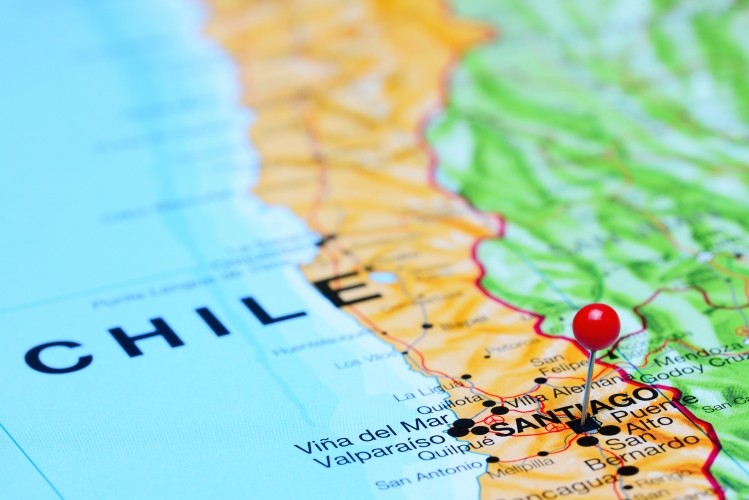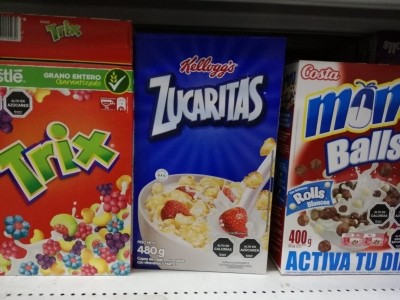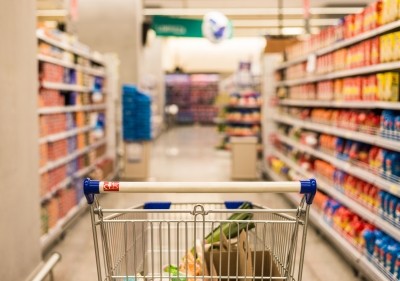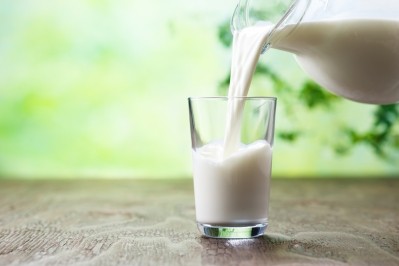Study: Sale of unhealthy foods decrease in Chile public schools

The study “Impact of the Food-Labeling and Advertising Law Banning Competitive Food and Beverages in Chilean Public Schools, 2014–2016”, recently published in the American Journal of Public Health, evaluated information from food labels in 24 public school kiosks in the municipality of Santiago de Chile. The outcome was the percentage of foods high in calories, sugar and saturated fats and the mean difference between 2014 and six months after the law came into force.
Implemented in 2016, the Food-Labeling and Advertising Law (FLAL) responded to a health crisis in the country, which saw obesity rates in children double from 12% in 1993 to 24.2% in 2015. Regulations established compulsory front-of-pack warning labels and a total ban on sales in schools of packaged high-in foods and beverages offered in competition with government school meals, with gradually decreasing cutoffs until 2019.
Researchers noted that restrictions “have shown positive effects on school food environments, reducing on-campus availability, access, and, consequently, purchase and consumption of unhealthy foods and beverages.”
Results
Foods exceeding any cutoffs decreased from 90.4% in 2014 to 15% in 2016. Availability of solid products exceeding any cutoffs went from 97% in 2014 to 14% in 2016 and liquid products from 75.8% in 2014 to 14.3% in 2016. Data for solid products showed substantial reductions across all categories, while liquid products saw a decrease in calories, total sugar and saturated fat but an increase in sodium.
The findings also indicated the largest reductions in calories and total sugars, noting that changes were primarily made in the product mix available rather than in the reformulation of products previously classified as competitive food and beverages.
“Our results suggest that new products complying with the law replaced existing ones, which is in line with Chilean food industry claims that indicate 18% of food products have been reformulated because of the FLAL,” researchers noted.
In 2014, bakery products, candy, and drinks were the most common food categories and accounted for 87.3% of food products. In 2016, there were substantially less bakery and more drinks, cereals, ice cream, and milk and dairy products. The proportion of fruits and vegetables available increased from 0.7% to 3.2% between 2014 and 2016.
Next steps
Despite initial positive results, authors say “further research should explore the impact of the policy with a longer follow-up and examine the effects in children’s food intake and health outcomes.”
The study, which was uncontrolled before and after data collection, suggests that policies addressing school surroundings may help to protect students from substitution effects and advises restrictions on marketing to children in public spaces.
Authors also expressed concern about unintended consequences of a possible rise of non-sugar sweeteners, which may contribute to increased risk of obesity and diabetes.
Source: American Journal of Public Health,
September 2019, Volume 109, Number 9, Pages 1249-1254, doi: 10.2105/AJPH.2019.305159
“Impact of the Food-Labeling and Advertising Law Banning Competitive Food and Beverages in Chilean Public Schools, 2014–2016”
Authors: C. Massri, et al.










